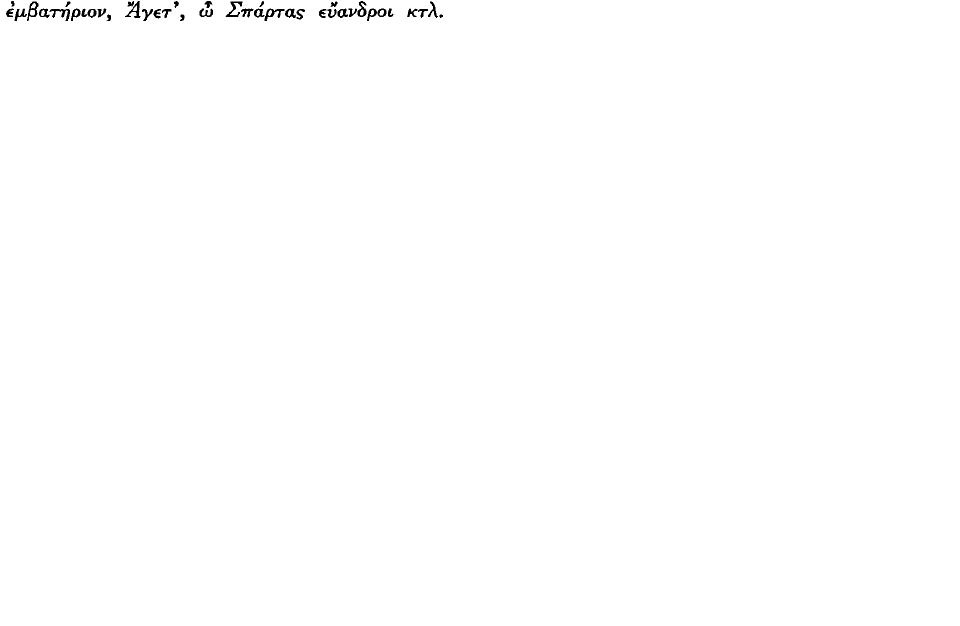Article contents
Some Observations on the Incidence of Word-end in Anapaestic Paroemiacs and its Application to Textual Questions
Published online by Cambridge University Press: 11 February 2009
Extract
It is generally stated that diaeresis after the first metron, obligatory in recitative dimeters, is not the rule in catalectic dimeters, or paroemiacs. An examination of the material, however, yields the following results. The paroemiacs of Tyrtaeus'  consistendy observe metron-diaeresis. Out of a total of 348 recitative paroemiacs in the Attic dramatists, only 34 disregard metron-diaeresis altogether. A further 75 overlap metron-diaeresis by one short syllable (the licence of which the dramatists sometimes avail themselves in full dimeters). Apparently, the practice with regard to metron-diaeresis is fundamentally the same in paroemiacs as in full dimeters, only the licences are a little more frequent. The poets occasionally take advantage of the interruption in the movement produced by the catalectic colon in order to break away still farther from regular anapaestic rhythm. Aristophanes, in particular, rather likes to round off an anapaestic period with a rattling, and often abusive, polysyllable: Vesp. 326:
consistendy observe metron-diaeresis. Out of a total of 348 recitative paroemiacs in the Attic dramatists, only 34 disregard metron-diaeresis altogether. A further 75 overlap metron-diaeresis by one short syllable (the licence of which the dramatists sometimes avail themselves in full dimeters). Apparently, the practice with regard to metron-diaeresis is fundamentally the same in paroemiacs as in full dimeters, only the licences are a little more frequent. The poets occasionally take advantage of the interruption in the movement produced by the catalectic colon in order to break away still farther from regular anapaestic rhythm. Aristophanes, in particular, rather likes to round off an anapaestic period with a rattling, and often abusive, polysyllable: Vesp. 326:
- Type
- Research Article
- Information
- Copyright
- Copyright © The Classical Association 1958
References
1 I use biceps in the same sense as Maas, for a long which equals two shorts and vice versa.
1 In ‘Lesefrüchte’, Hermes, , 1905, p. 135.Google Scholar
- 3
- Cited by




